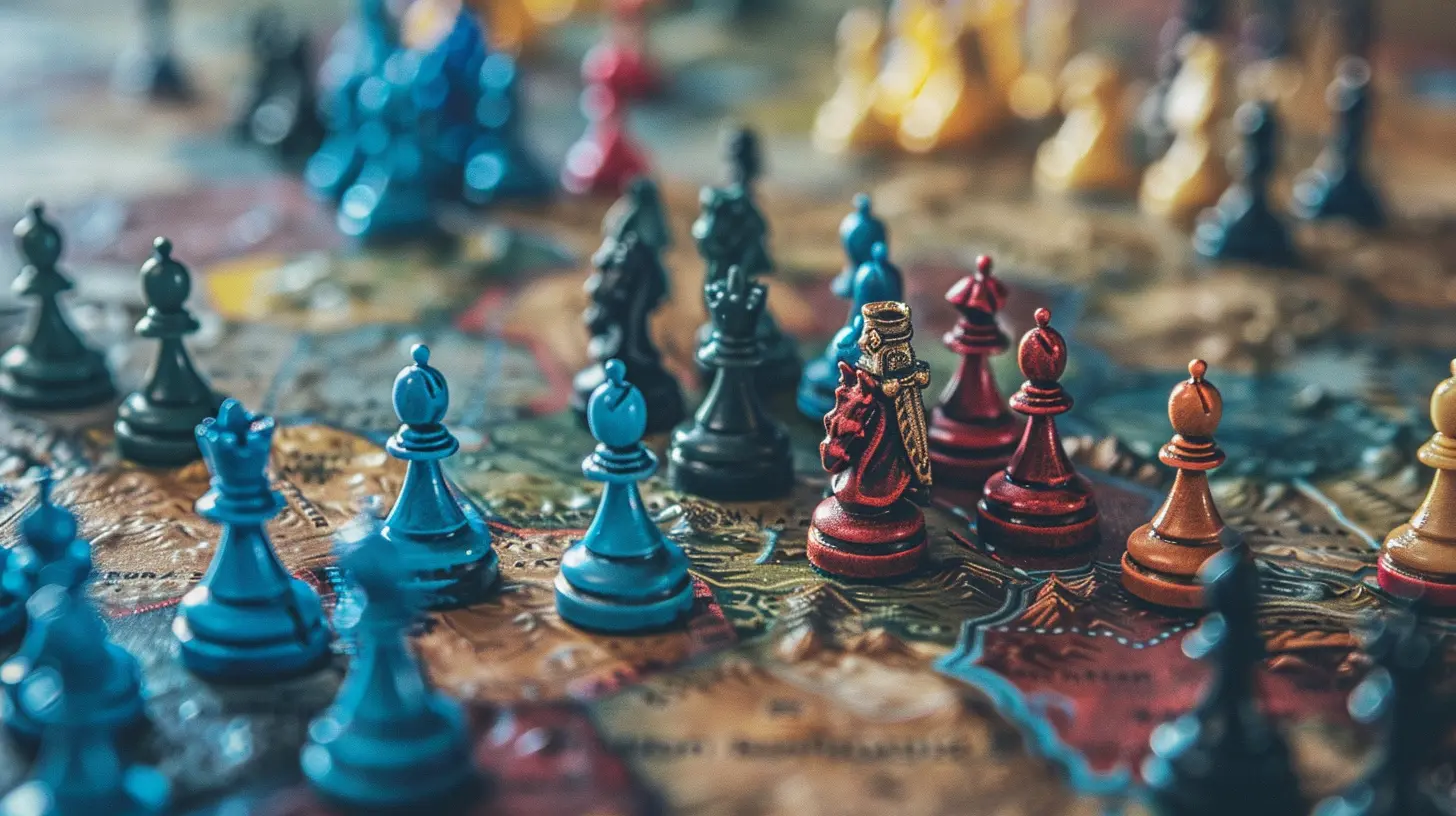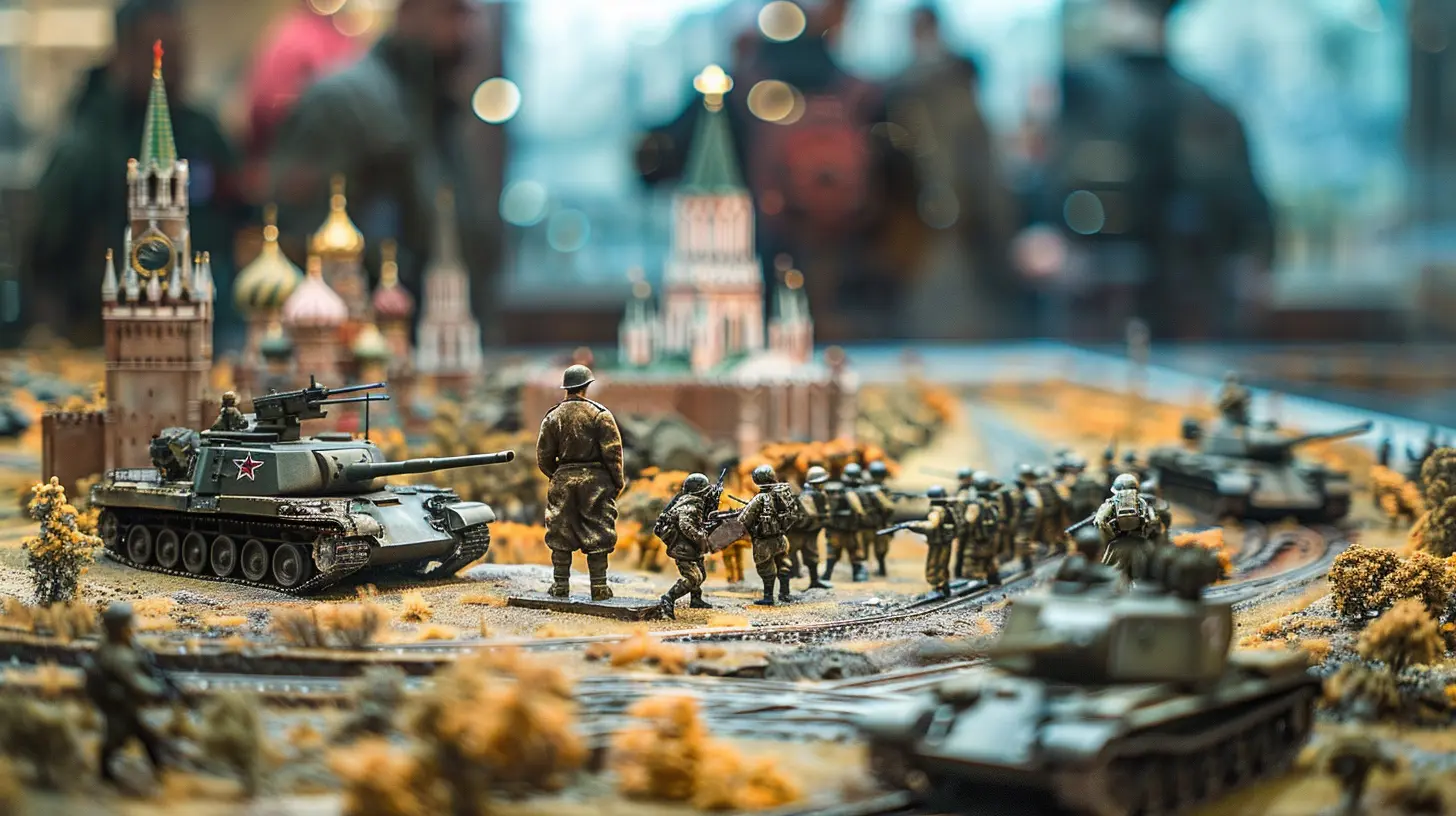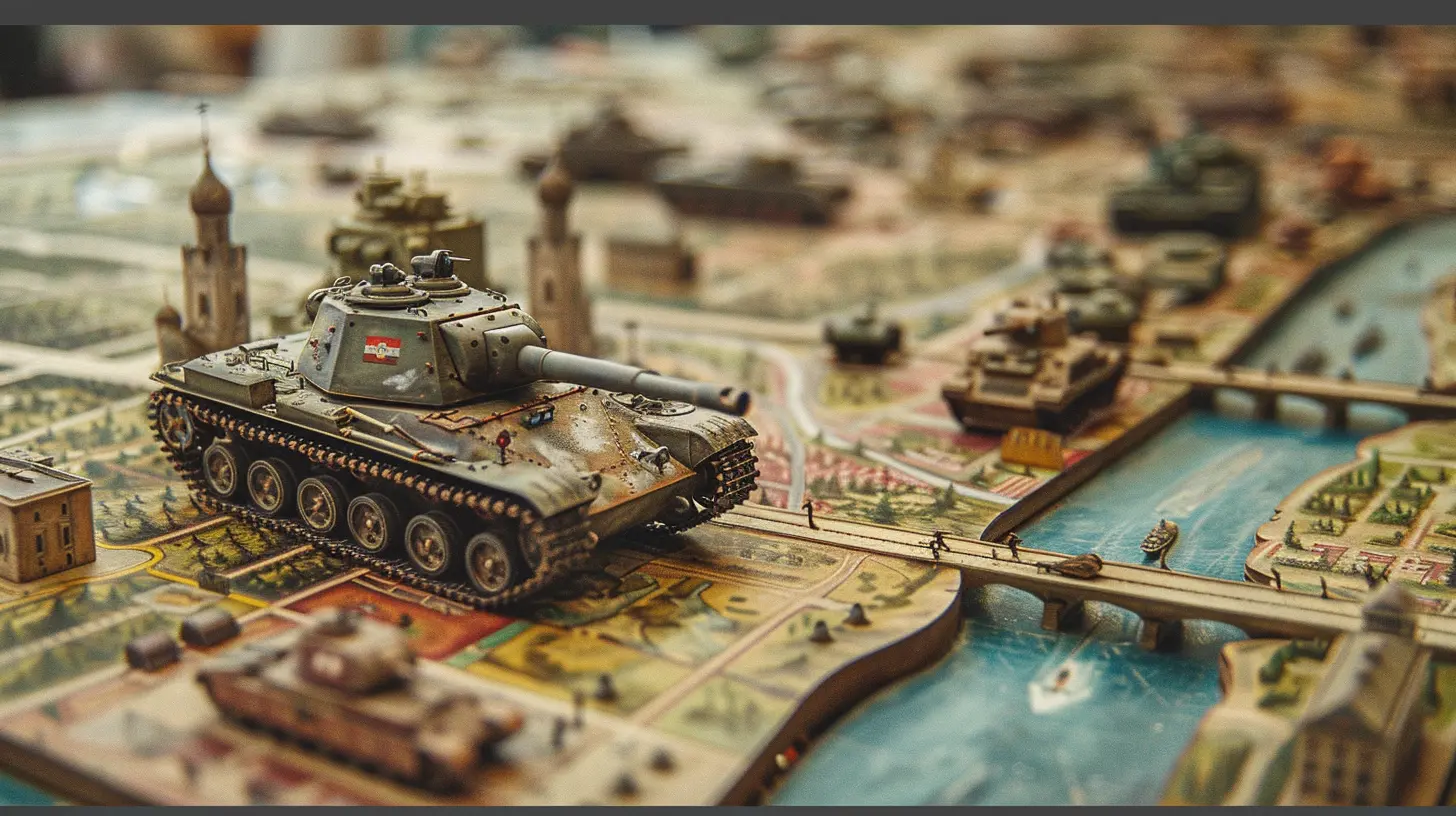Tactical Teardown: Analyzing Popular War Game Strategies
17 April 2025
Let's face it, whether you're a seasoned war game veteran or just someone who occasionally dips their toes into the battlefield, winning always feels great. But have you ever stopped to think about why certain strategies work and others flop? War games, both digital and tabletop, are all about strategy, tactics, and outthinking your opponent. They’re like intricate chess matches, except the pieces are tanks, snipers, and aerial assaults, and the stakes are survival—well, digital survival.
In this article, we’re diving headfirst into the nitty-gritty of popular war game strategies. From the tried-and-true "turtle" approach to the blisteringly fast "rush" tactic, we’ll break down what sets these strategies apart, when to use them, and how to adapt your gameplay for maximum success. So grab your virtual helmet—it's about to get tactical.
Why Strategy Matters in War Games
First off, let’s talk about why strategy is such a big deal in war games. Think of a game as a battlefield, where every decision plays a role in whether you emerge victorious or end up as cannon fodder. A solid strategy isn’t just about brute force—it's about outsmarting your opponent and using the game mechanics to your advantage.Have you noticed how some players seem to dominate, even when their resources appear limited? It’s not luck. It’s strategic thinking. And in war games, strategy is your ultimate weapon. Sure, quick reflexes help, but if you don’t have a plan, you’re essentially charging into battle blindfolded. Not ideal.
Popular War Game Strategies to Master
When it comes to war games, there are several strategies that players swear by. Each has its pros, cons, and ideal scenarios. Let’s break them down.1. The Turtle Strategy: Patience is a Virtue
You’ve probably seen this one before. The Turtle Strategy is all about fortifying your position and playing defensively until you’re strong enough to strike. Think of it like building a fortress and daring your opponent to come at you.This approach works wonders in games that emphasize base-building or resource management, like StarCraft or Age of Empires. By focusing on defense, you conserve your resources and let your enemies exhaust theirs. It’s like being the castle in the middle of a siege—eventually, the attacking army runs out of steam, and you’re left standing.
When to Use It:
- Long matches where resources are plentiful.
- Against aggressive opponents who burn through resources.
Potential Pitfalls:
- If you turtle too much, you risk being outmaneuvered on the map.
- It can lead to stale gameplay if overused.
2. The Rush (or Zerg Rush): Strike Fast, Strike Hard
The Rush is the polar opposite of Turtling. Here, you go all-in right from the start, sending waves of units to overwhelm your opponent before they can build a proper defense. This strategy is simple but effective—especially if your enemy isn’t prepared for an early onslaught.A classic example? The Zerg Rush in StarCraft. It’s even become a meme! The point is to hit hard and fast, leaving your opponent scrambling. The Rush is like being the hare in the tortoise-and-the-hare story—except, in this case, you win because the tortoise never had time to leave the starting line.
When to Use It:
- Short matches or games where early resources are key.
- Against opponents who prioritize building over defending.
Potential Pitfalls:
- If your rush fails, you’re left vulnerable to counterattacks.
- High risk, high reward—it’s not for the faint-hearted.
3. Divide and Conquer: The Power of Distraction
Ever heard the saying, “The best way to eat an elephant is one bite at a time”? That’s essentially the idea behind the Divide and Conquer strategy. The goal is to fragment your opponent's forces, spreading them thin so they can’t focus their strength in one area.This strategy works well in games that feature map control, like Company of Heroes or Total War. By controlling multiple key points, you force your opponent to multitask (and let’s be honest, nobody multitasks well under pressure). It’s like playing mind games—they’re stressed, you’re calm, and the battle shifts in your favor.
When to Use It:
- Maps with multiple objectives or resources to control.
- Against opponents who lack adaptability.
Potential Pitfalls:
- You risk spreading your own forces too thin.
- Requires excellent timing and coordination.
4. Guerrilla Warfare: Hit and Run
The Guerrilla Warfare strategy is all about hit-and-run tactics. You don’t engage in head-on battles; instead, you use small, mobile units to harass your enemy, disrupt their supply lines, and chip away at their forces over time.This approach is fantastic in games where stealth and mobility matter, like Call of Duty Warzone or Commandos. It’s less about winning outright and more about frustrating your opponent into making mistakes. Think of it as death by a thousand cuts.
When to Use It:
- Against slower, heavily fortified opponents.
- In maps or games where mobility is key.
Potential Pitfalls:
- You need impeccable timing to pull it off.
- Can drag out the match, which isn’t everyone’s cup of tea.
Blending Strategies: Adapt or Perish
Here’s a question: Do you always stick to one strategy? If so, you might be doing it wrong. The best players know how to pivot, blending different tactics depending on the situation. Sometimes you start with a rush to gain an early advantage, then switch to turtling to secure your lead. Other times, you employ guerrilla tactics to keep your opponent off balance while you build up your forces.Think of strategies like tools in a toolbox. You wouldn’t use a hammer to cut a piece of wood, right? The key is adaptability. War games are dynamic, and the best players know how to read the battlefield and act accordingly.
Common Mistakes to Avoid in Strategy Games
Even the best strategies can fail if you fall into common traps. Let’s take a quick look at some pitfalls to avoid:1. Overcommitting to One Plan: Flexibility is key. If your strategy isn’t working, don’t double down on failure.
2. Ignoring the Map: In most war games, the map is just as important as your army. Control key points, scout for resources, and don’t let your opponent dictate the terrain.
3. Neglecting Defense: Even if you’re rushing, leaving your base unguarded is asking for trouble.
4. Underestimating Your Opponent: Assume they’re as smart as—or smarter than—you. That way, you’re always ready for surprises.
Final Thoughts: Victory is in the Mind
At the heart of every war game is a battle of wits. Sure, flashy graphics and cool units are great, but it’s the strategies that keep us coming back. Whether you’re fortifying your base, rushing the enemy, or setting up ambushes, every decision matters. And the beauty of it? No two battles are ever the same.So next time you fire up your favorite war game, take a moment to think. What’s your plan? How will you adapt if things go sideways? Because in the end, victory isn’t just about who has the bigger guns—it’s about who uses them smarter.
all images in this post were generated using AI tools
Category:
War GamesAuthor:

Madeleine McCaffrey
Discussion
rate this article
4 comments
Isabella McBride
Great analysis! It's fascinating to see how different strategies can drastically change the outcome of a game. I appreciate the insights—it's always helpful to learn from others' experiences in the tactical gaming community.
May 2, 2025 at 3:49 AM

Madeleine McCaffrey
Thank you! I'm glad you found the analysis helpful. Sharing insights really enriches our understanding of tactics!
Azriel Sanchez
Why do they call it 'tactical' when I just end up charging in like a caffeinated squirrel? I mean, I read the strategies, but my thumbs have a mind of their own. Let’s be honest: my best war tactic is hoping my teammates don’t see my kill-death ratio!
April 26, 2025 at 2:54 PM

Madeleine McCaffrey
Sometimes, the thrill of the game takes over strategy! Embracing your unique approach adds to the fun—just remember, teamwork can help balance that K/D ratio!
Chloe Barrett
Great insights! Your analysis of strategies reveals the intricate balance between offense and defense in war games, highlighting how adaptability and foresight are key to mastering gameplay.
April 20, 2025 at 2:59 AM

Madeleine McCaffrey
Thank you! I'm glad you found the analysis insightful. Balancing offense and defense is indeed crucial in mastering war games.
Zephyra Harper
Great insights on war game strategies! Your analysis sheds light on the nuances of tactical gameplay, encouraging both new and veteran players to refine their skills. It's fascinating how strategic depth can enhance the overall gaming experience. Keep up the excellent work—looking forward to more discussions!
April 17, 2025 at 2:33 PM

Madeleine McCaffrey
Thank you for your thoughtful feedback! I'm glad you found the analysis valuable. I look forward to sharing more insights soon!



